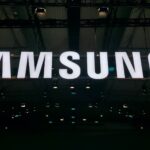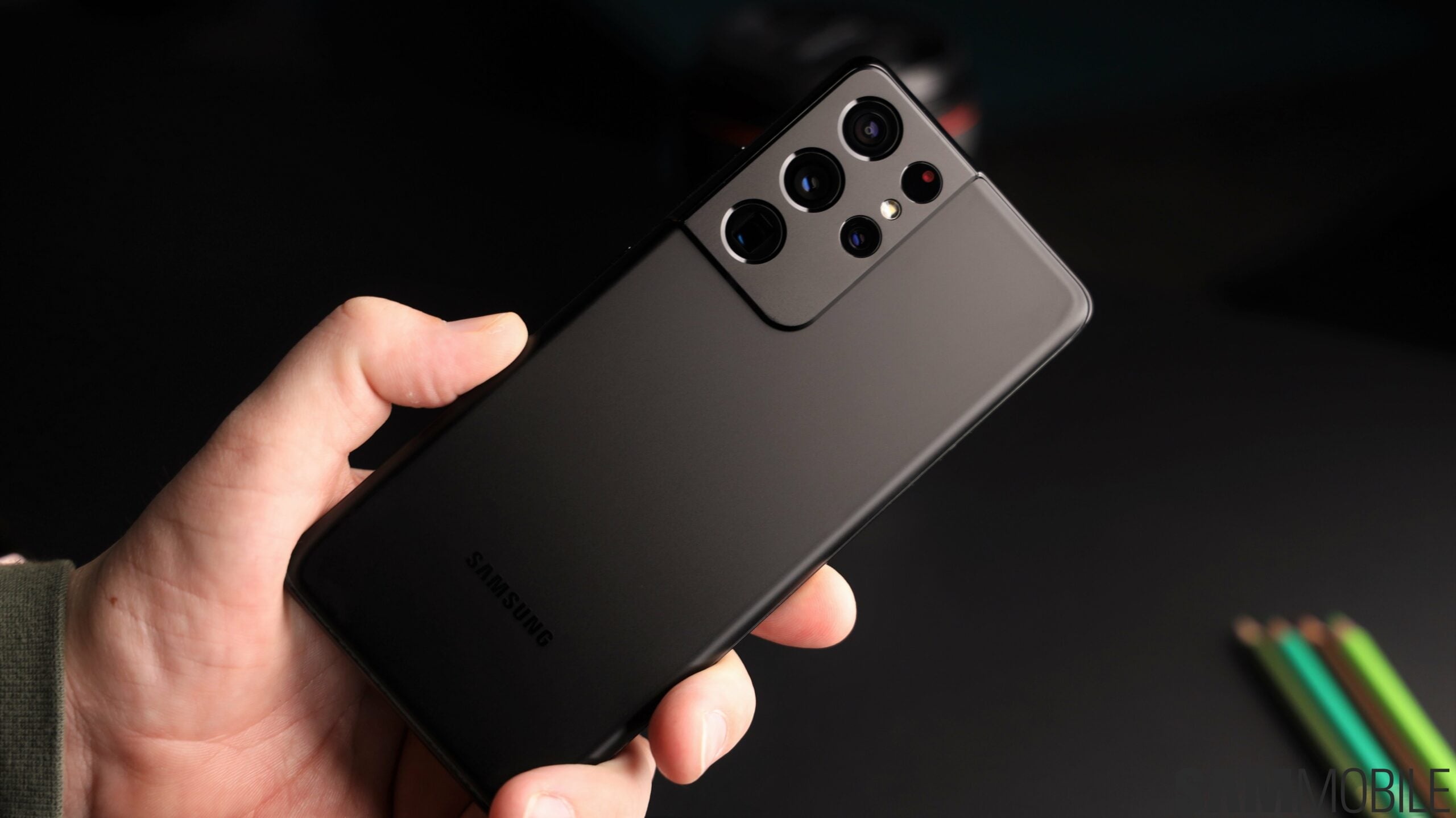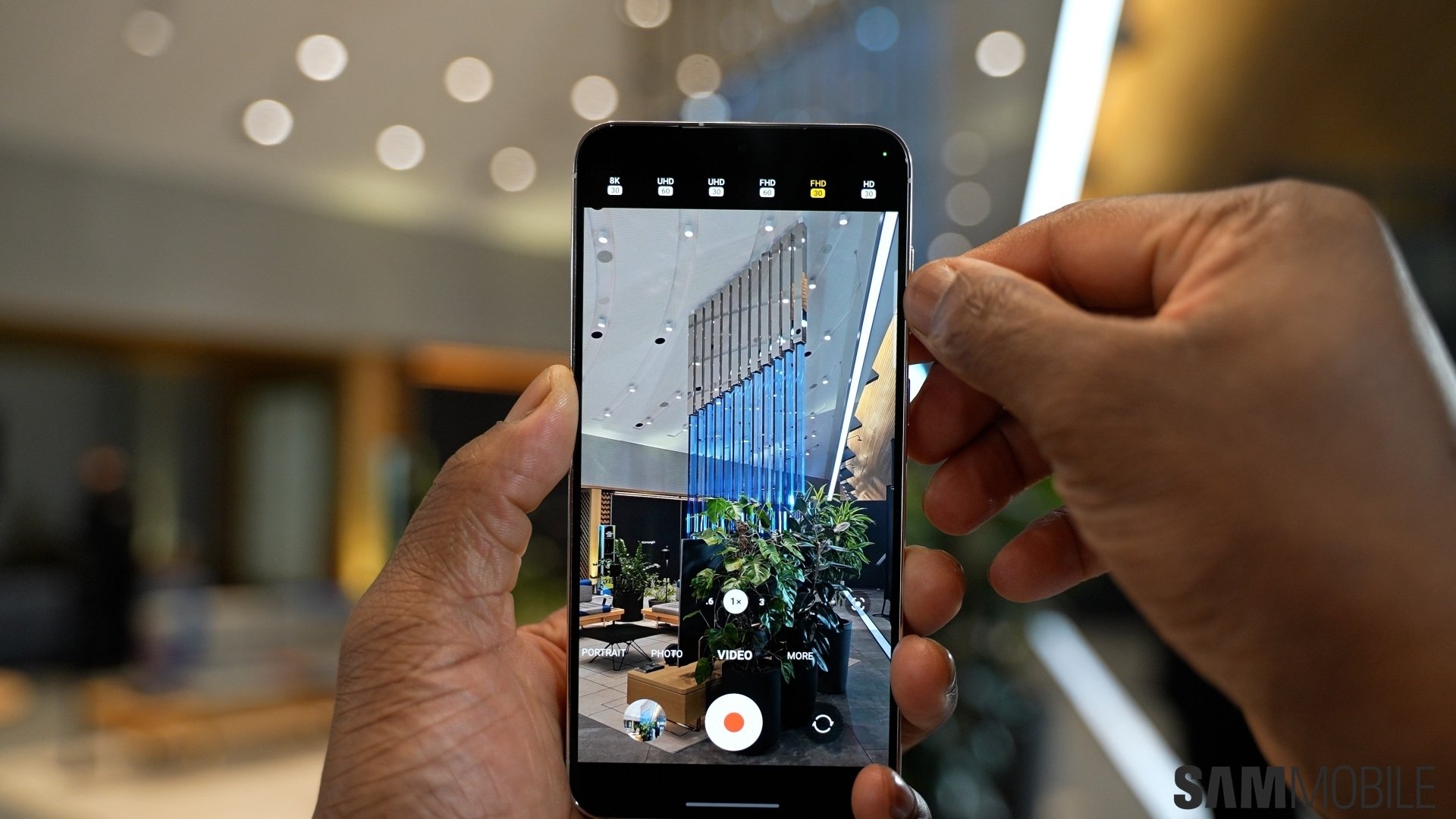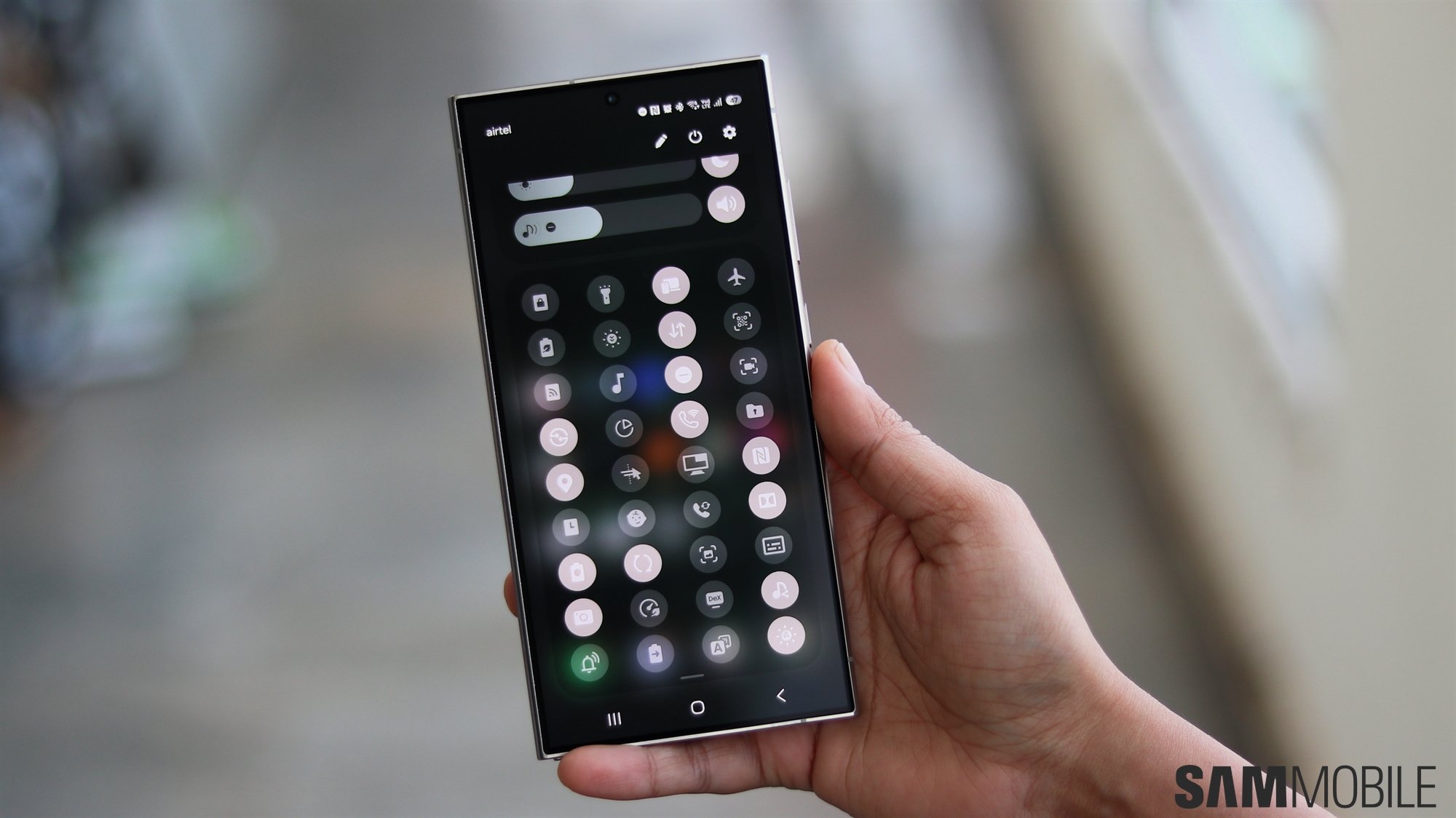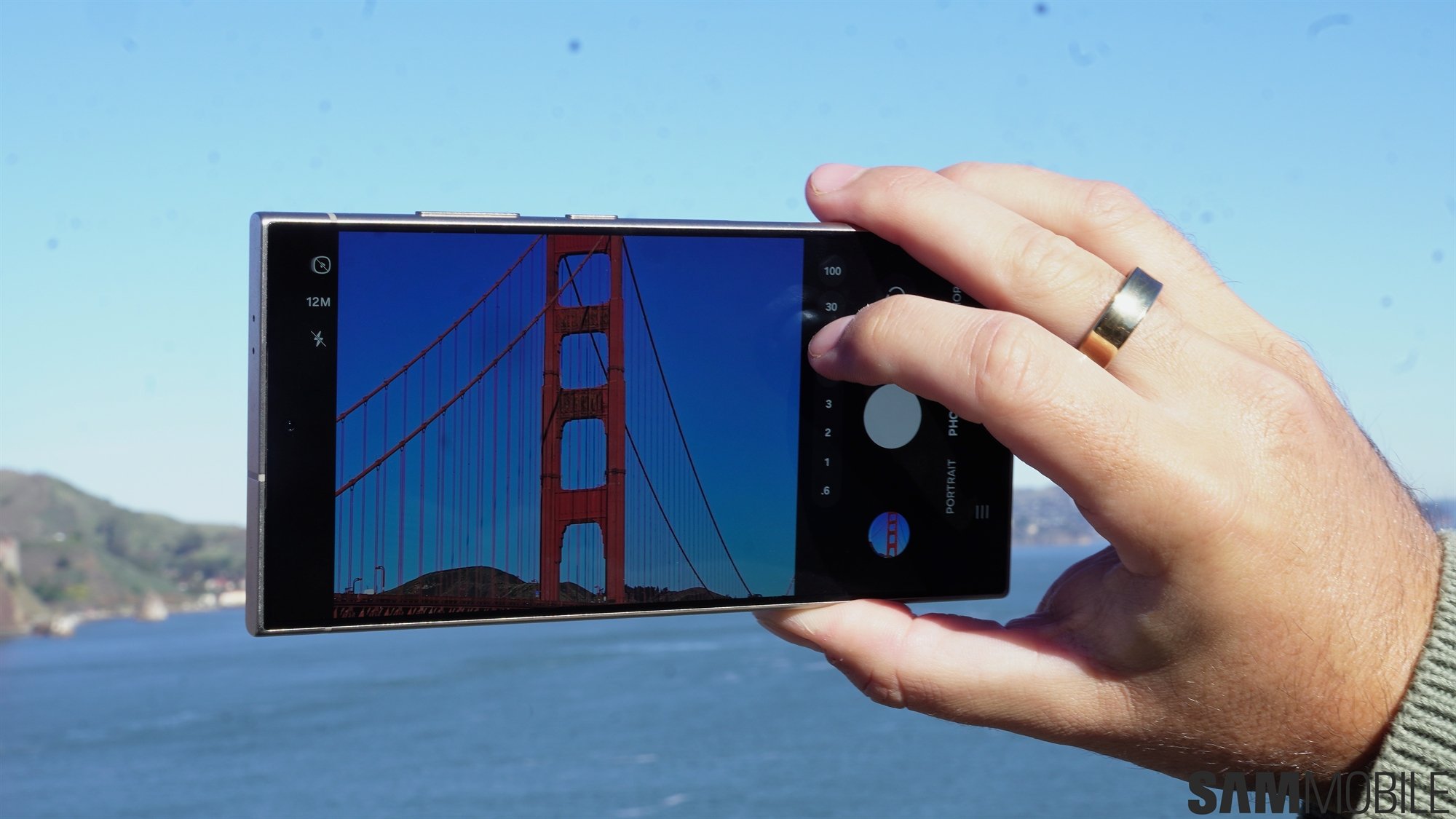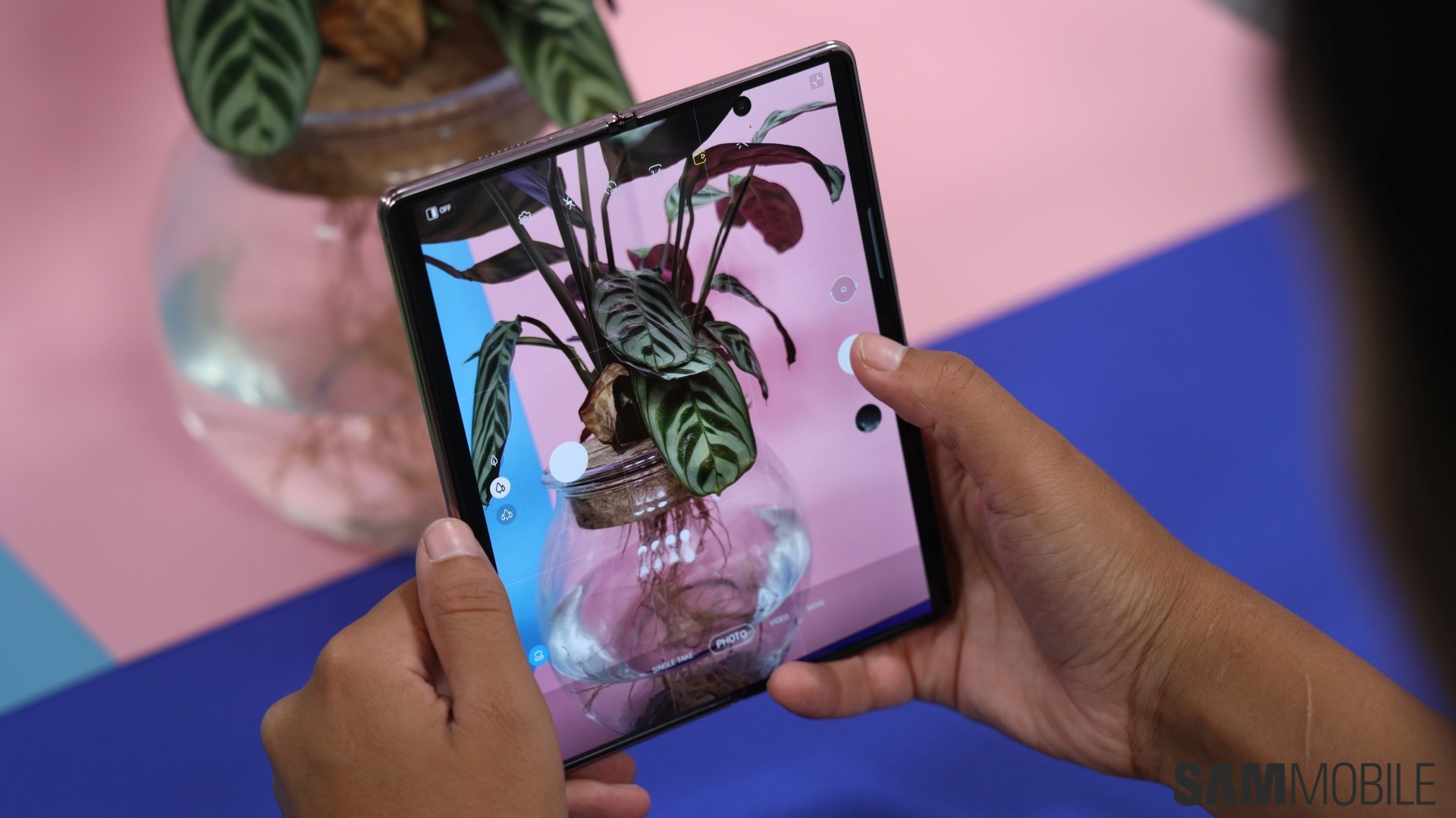
Despite extensive testing and optimization most recently conducted as part of its Galaxy S21 R&D efforts, the so-called “Hole In Active Area” (HIAA) display drilling techniques still aren't up to the task at hand, at least not in the sense that they're ready to revolutionize Samsung Display's OLED lines. Samsung is said to have mulled over two variations of the laser drilling method – a single-hole punch and one achieved using multiple micro incisions. It ultimately tried its luck with the latter but ended up giving up on trying to make it work in time for the Galaxy S21 lineup's launch in February.
An impossible smartphone design four years in the making
Furthermore, the company still hasn't even finalized the actual sensor-lens combo meant to power its first such invisible selfie mobile camera. Samsung reportedly even explored the possibility of implementing a UDC without any drilling whatsoever but that attempt at outside-the-box thinking is even further away from bearing fruit than a new and improved HIAA iteration.
Samsung has been pursuing the ideal of a truly bezel-less smartphone for nearly four years at this point, originally announcing it with the launch of the Galaxy S8 family in early 2017. The HIAA process isn't brand-new, either, as it was first commercialized with the Galaxy S10 family in early 2019.
Today's development marks the second time Samsung delayed UDC commercialization this year, as it previously intended to implement it into the Galaxy Z Fold 2. The revised plans have now attached to the Galaxy Z Fold 3 roadmap, with the technology juggernaut reportedly targeting a release in the second half of 2021.


